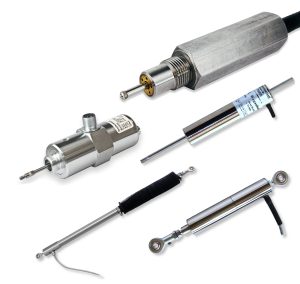Monitoring air quality, especially carbon dioxide (CO2) levels, has gained widespread public attention in the past few years. A space with low CO2 and fresh air represents adequate airflow, which effectively improves work and study efficiency and reduces the risk of fatigue, headaches, and drowsiness. 
The brand new Meawow (a global brand under ZenMeasure Technologies) Mini Bluetooth CO2 detector (H411) equipped with the Sensirion CO2 sensor was officially released in June 2023, becoming the smallest portable Bluetooth CO2 detector currently available on the market. The device is designed for convenient portability and thanks to its small size, it is the lightest and most compact design globally, allowing it to be carried around like a mobile phone for on-the-go measurements. It features a built-in battery that can be charged via a USB Type-C port, supporting extended standby time.
The intelligent design offers multiple measurement modes that service to various usage scenarios, supporting one-click single measurement or four-hours continuous measurement. It can provide CO2 concentration readings within five seconds. Additionally, it can measure environmental temperature and relative humidity and supports multiple display modes, including Fahrenheit and Celsius. One thoughtful design aspect is that it also functions as a clock display – when hung on a backpack, it can serve as a mini clock, as well as a temperature, humidity, and CO2 measurement device.
The Meawow Mini CO2 detector’s display interface includes user-friendly indicators in red, yellow, and green, providing simple and convenient visual cues. Apart from displaying accurate numerical values, it uses the three-color status bar and LED lights to remind users of CO2 concentrations. Furthermore, the product supports a Bluetooth connection with the Meawow app, allowing users to record historical data on their mobile devices. It also offers features like LED light disabling for undisturbed mode and CO2 measurement calibration.
“The high-precision and ultra-compact CO2 sensor from Sensirion has helped us achieve a portable design with the smallest size and highest measurement accuracy. We are delighted to see that thanks to this collaboration, our product has become the most lightweight, intelligent, and long-lasting wireless Bluetooth CO2 detector globally. It helps users to improve the air quality in their surroundings by enabling them to measure CO2 levels anytime and take timely actions to enhance their health.” said Mr Yuyang Liang, the founder of ZenMeasure.
 Instrumentation Monthly Test | Measurement | Control
Instrumentation Monthly Test | Measurement | Control








